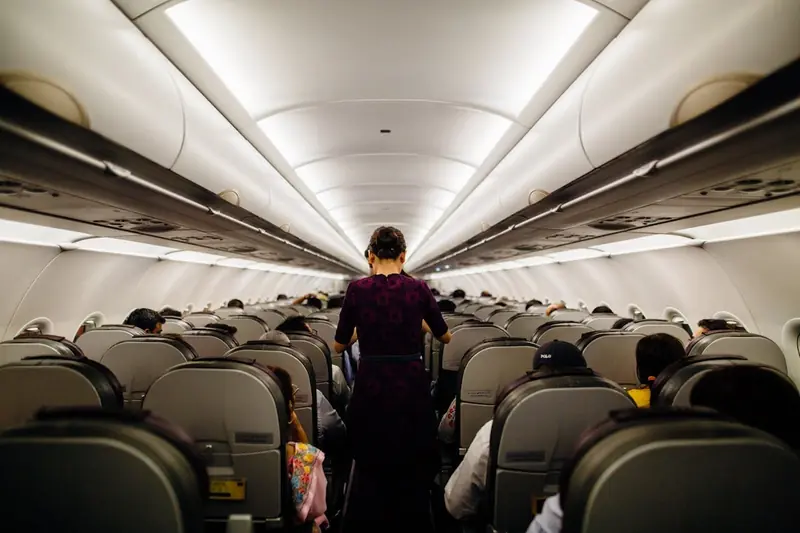
As people get anxious about upcoming flights, they often wonder: are there seats on the plane that are considered relatively safe? And if so, where are they located?
Is Flying Risky?
According to experts, airplanes are among the safest modes of transportation. The mortality rate for drivers is significantly higher than that for air travelers, says Cheng-Lung Wu, an associate professor at the School of Aviation at the University of New South Wales in Australia. In the U.S., the chance of dying in a plane crash is 1 in 13.7 million, according to a 2024 study published in the Journal of Air Transport Management.
However, researchers have not conducted any serious studies examining the safety of specific seats on airplanes, Wu noted. He and Daniel Kwasi Adjepong, a flight safety researcher at the University of North Dakota in the U.S., decided to address this gap. Using data from past aviation disasters and their knowledge of aircraft design, they drew conclusions about the safest seats in the event of an emergency.

What Did the Scientists Find?
Daniel Kwasi Adjepong believes that “it all depends on the dynamics of the crash.” Of course, if the plane is completely destroyed, passengers are doomed regardless of where they are seated.
It’s a different story if the crash occurs with low energy and a shallow impact angle, such as when a plane loses control during landing and veers off the runway. “In that case, it really matters where you sit to have a chance of survival,” the scientist said.
In such a scenario, the aircraft may break apart upon impact. Most of the kinetic energy will be concentrated in the front of the plane, causing it to move forward. In this case, the rear of the aircraft would be safer, as reported by Live Science. Interestingly, an analysis of data from the Federal Aviation Administration conducted by Time magazine showed that the back third of the plane has the lowest fatality rate.
Meanwhile, Wu pointed out another area in the aircraft that could provide significant protection: seats located near the wings or close to them. This section has a lot of structural reinforcement, making it capable of withstanding substantial impacts. Additionally, seats in this area are situated near emergency exits, allowing passengers to evacuate more quickly.
However, this middle section of the plane also harbors dangers. It contains fuel tanks beneath it. Although these are supposed to be emptied before landing, they can leak or ignite during an emergency. In such situations, it’s crucial to exit the aircraft quickly (within 90 seconds), Adjepong said. Under no circumstances should passengers panic, stall during the evacuation, or do anything else that would waste time. It’s also important to listen to the flight attendants’ instructions, he added.
Researchers also advised passengers to carefully examine their seating area, locate the nearest emergency exit with their eyes, and count the rows to it in case of smoke in the cabin.
Experts assert that airplanes are generally well-designed to minimize the risk of accidents, according to the researchers. Parts of the aircraft can break away to protect the main cabin, seats are securely fastened, and seatbelts are designed to minimize the force of impact on passengers.

